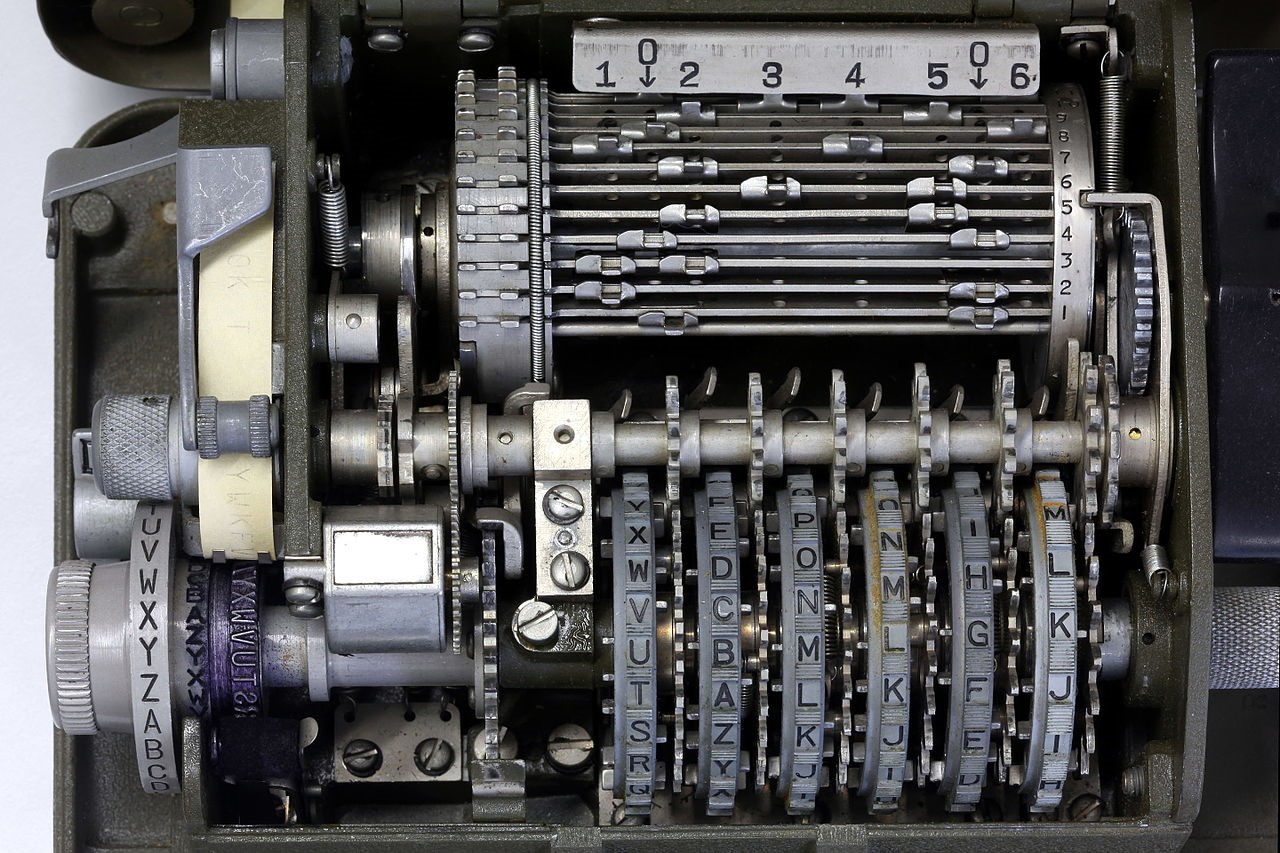https://habr.com/en/company/spbifmo/blog/493576/- ITMO University corporate blog
- Development of communication systems
Quantum Communications LLC creates some hacker-proof quantum encryption systems.
Let’s take a look at how they do it, and why their work matters.
 Rama / Wikimedia / CC BY-SA
Rama / Wikimedia / CC BY-SA
The promise of quantum networks
Data is considered secure if it expires before it can be fully deciphered. Thanks to the increasing power of supercomputers, this is getting harder and harder to achieve. 10 years ago, a Pentium 4-based cluster
could crack 1024-bit RSA encryption in just 104 hours. Imagine what modern supercomputers are capable of!
One of the ways to increase the time it takes to decipher data is by breaking it up into small pieces and encrypting each message with an individual key. The
One-Time Pad technique, as it is now known, can be perfectly secure, provided the keys are kept secret. However, traditional networks allow for these keys to be intercepted. Enter quantum data lines capable of transmitting information using single photons that self-destruct on interception. “Quantum Communications LLC” — a daughter company of ITMO University — is working to make quantum networking a reality. The business is headed by
Artur Gleim of our quantum computing lab, and
Sergei Kozlov of the International Institute of Photonics and Optical Information Technology.
How it works
The project utilizes sideband transmission, meaning that the photons are being generated via phase modulation. This allows data to be transmitted at the speed of 400Mbit/s over a 200-meter-long cable. A laser generates a 1550 nm wavelength impulse and sends it to an electrooptical phase modulator. The modulator is fed a radio signal that is used to modify the laser impulse, creating two sidebands. The signal, which, by that point, consists of a carrier wave and a set of subcarriers lagging 10-20 picometers behind, is then encoded bit by bit with a series of phase shifts, and transmitted to the receiving party. The receiver separates the sidebands from the carrier wave using a spectral filter, reverses the modulation and decrypts the data.
The exchange described above, while being secure, does not require a secure channel. As the secret keys are generated, the system measures the channel’s error rate. This metric can reliably tell us if there is an active attempt to intercept the data. If everything is good to go, the errors are corrected, and the communication is allowed to proceed.
 PxHere / PD
PxHere / PD
Future plans
Despite the theoretical safety of quantum networks, we are yet to achieve it in real life. The equipment in use is still new and not without its vulnerabilities. Several years ago, a group of engineers from the University of Waterloo found an interesting way to intercept quantum data. If a light detector on the transmission path is ‘blinded’ with a strong impulse, it stops reacting to further photons (or their absence). You can use this to confuse the security system.
This is possible to fix — but only at the cost of completely redesigning receivers and doing away with light sensors. As of now, such devices are too expensive to be used outside of highly specialised labs.
“Our team is also looking for new solutions. We’re partnered with a number of research teams — both local and from abroad. If we can overcome hardware-level vulnerabilities, quantum networks are bound to spread far and drive cutting-edge tech further” — says Artur Gleim.
A market waiting to erupt
An increasing number of Russian businesses are interested in quantum solutions. Quantum Communications LLC alone sells 5 data transmission systems per year. Each of them costs from $125,000 to $150000, depending on their length (from 10 to 200 km). This is a competitive offer, given that similarly priced systems from foreign manufacturers are built to lower spec.
Last year Quantum Communications LLC attracted more than $1,25 million in investments. This cash will help them establish an international presence, as well as pour money into some of their side projects. They already expressed a wish to develop a quantum system for data centre control. The team bets on modular products that can be easily integrated into existing networking setups.
Quantum data transmission systems will drive the networks of the future, particularly in security-conscious sectors of the market. SDNs will offer quantum encryption alongside its traditional counterparts, with the latter continuing to safeguard information of limited ‘shelf life’.
Further reading:
Inside ITMO University:

